Eclipse total 2017 en directo Versión en Ingles
 |
This is the Total Solar Eclipse 2017 results webpage, from the CESAR expedition to Casper, USA, on 21-Aug-2017.
CESAR organized a SPECIAL EVENT on the 21st August, 2017. A CESAR Expedition travelled to USA to cover the event. It was broadcast LIVE from ESAC (European Space Agency Center) with live conections to USA, experts talks and briefings, and Q&A. Totality happened at 10:42 local time in Casper, Wyoming, USA, 19:42 in local time Europe CEST. The eclipse shadow took 1.5h to cross the continental USA from Oregon to South Carolina.
More details on the preparations, location and equipment used in the expedition can be found here. Questions and answers for eclipses here.
NOTE Images can be used under the terms and conditions of the CC BY-SA 3.0 IGO licence. Click on images for high-res versions.
|
TOTAL SOLAR ECLIPSE 21 AUG 2017 - Live VIDEO
Watch again the LIVE VIDEO FEED
TOTAL SOLAR ECLIPSE 21 AUG 2017 - IMAGES
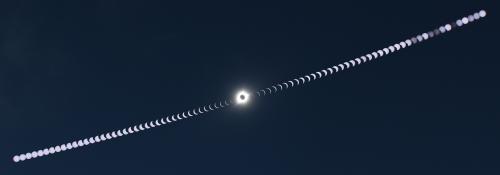
NOTE Images can be used under the terms and conditions of the CC BY-SA 3.0 IGO licence
|
The beauty of the eclipse on a single frame. Click here for the video!
|
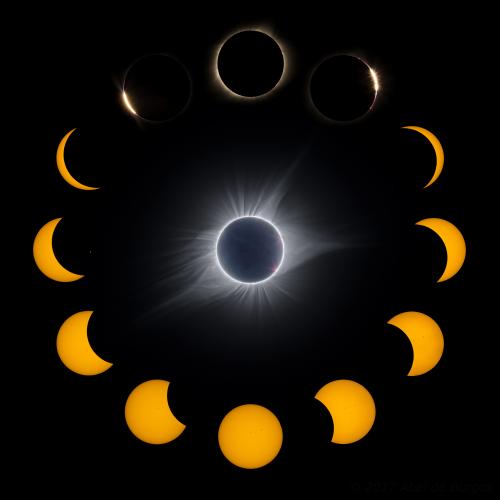 |
|
The eclipse cycle. A combination of separated images of the eclipse with increasing exposures from 1/400 to 2.5 seconds at f16, all taken with a Canon6D camera and a 400mm lens. |
|
High Dynamic Range images
|
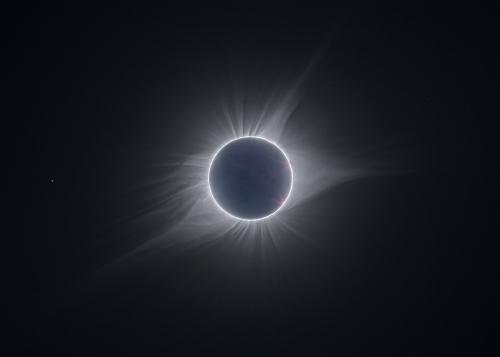 |
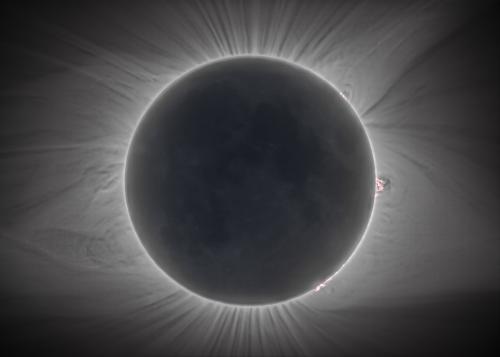 |
Sun in HDR. Images taken during the totality without filter, the first with a Canon6D, 400mm lens, and the second one with a Canon550D and a 1000mm refractor telescope. In both cases, several images were stacked and processed.
|
|
The polarized corona
|
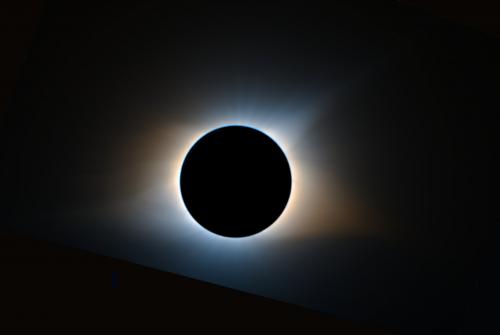 |
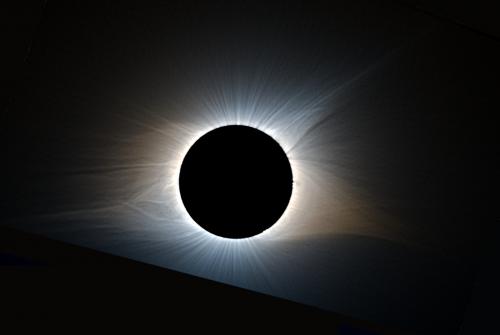 |
|
R: polV: integrated exposures with vertical polarisation
G: polV+polH: integrated exposures with vertical and horizontal polarisation
B: polH: integrated exposures with horizontal polarisation
|
Same as left, but multiplying each channel RGB by the rotational gradient of the polV+polH image of the two sets of exposures with vertical and horizontal polarisation to show the coronal structures
|
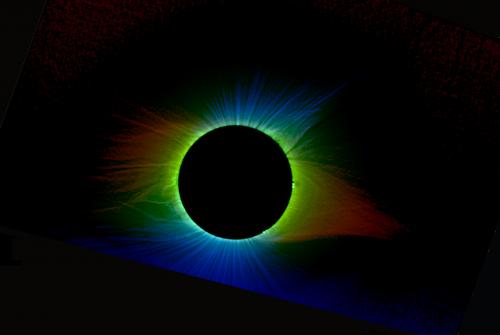 |
|
R: Horizontal Polarisation degree: polH/(polH+polV) , G: polH+polV , B: Vertical Polarisation degree: polV/(polH+polV).
Image is multiplied by the polV+polH rotational gradient to show the coronal structures with colour.
The R and B overlap shows the predominant polarisation in red (polV) and blue (polH). Areas with no predominant polarisation appear green (polH+polV).
|
|
Chromosphere
|
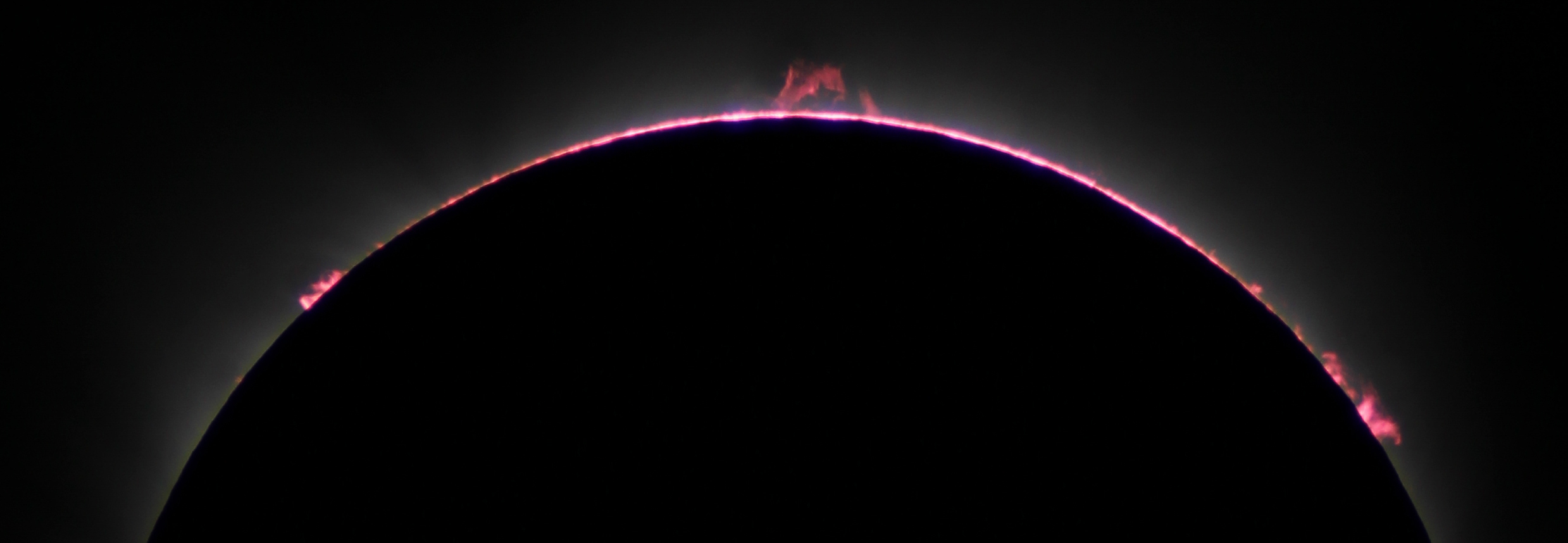 |
|
The Sun's Chromosphere. Image is raw (cropped), taken with visible-light telescope telescope (~f/1000), no filter, Canon 550D, during Moon's exit (third contact, C3). |
|
Sun's spectra
|
 |

|
|
Sun's spectra. The chromosphere and corona spectra from Sun's limb before totality. Also a first draft identification of the emission lines in the visible part of the spectra (there are also lines in the NIR). Left image is raw, taken with diffraction filter and Olympus E240, 500mm lens, during third contact (C3). Right image shows a cropped/rotated part of left image with the usual emission lines in visible spectra. |
|
Pinhole projection
|
 |
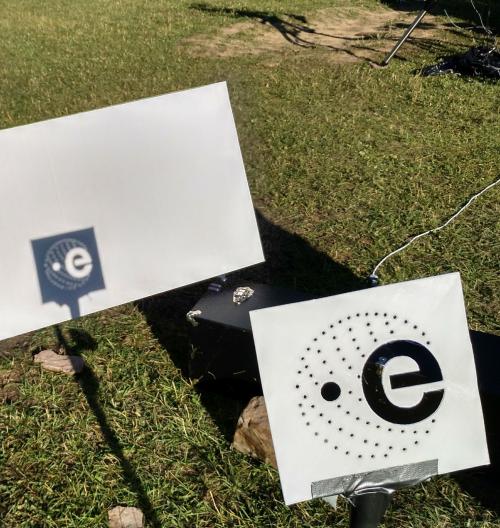 |
|
Pinhole projection. Multiple suns are projected through pinholes, in this custom made ESA logo |
|
The moon during totality on Earth's reflected light
|
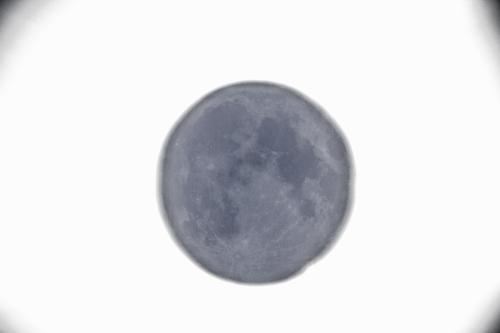 |
|
The blocking Moon. The full disk of the Moon is lit by Earth's reflected light from the Sun. Moon's visible face is clearly distinguished, despite the ultra faint shine, using a processed over-exposed image, telescope ~1000mm, 2sec, ISO 1800. Canon 550D |
|
3 stars identified in the corona region
|
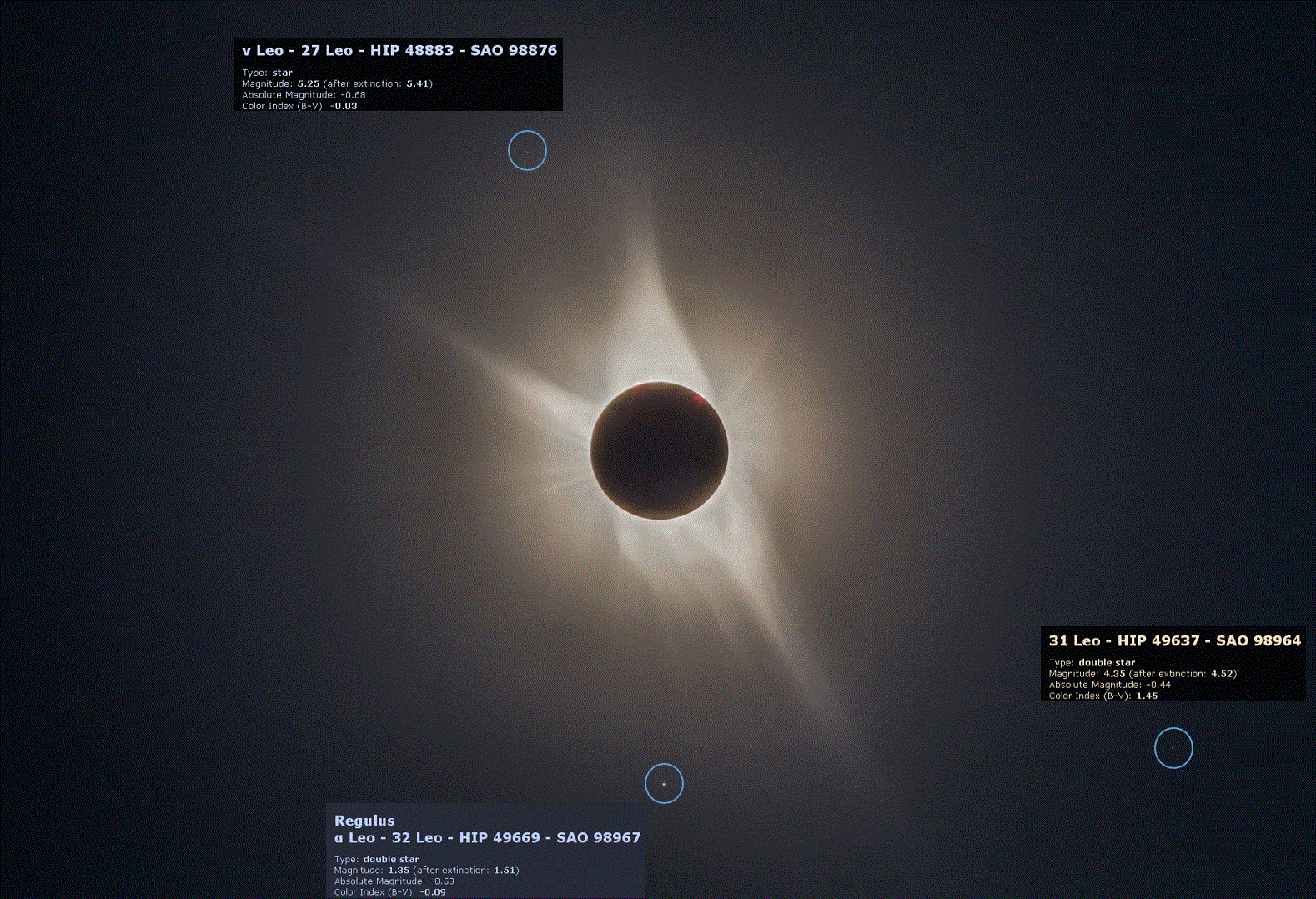
Stars during totality. Stars Leo-a (Regulus), Leo-v and Leo-31 can be seen within hte extended corona, at distances less than 4 Sun's diameters |
|
Panoramic images, full eclipse |
 |
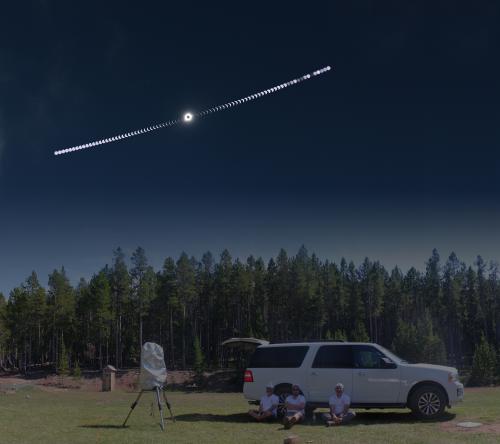 |
|
Static camera |
Landscape composite of full eclipse (wide angle, ~90 deg, 18mm camera) |
TOTAL SOLAR ECLIPSE 21 AUG 2017 - PUBLICATIONS
At EPSC European Planetary Science Workshop. Riga, Sep 2017
CESAR was present on the European Planetary Science Conference EPSC_2017, held 18-22 Sep 2017 in Riga, Latvia. CESAR presented their activities about the Solar Transits Special Events and related Education. The posters described the activities carried out during the Venus Transit 2012, Mercury Transit 2016 and Total Solar Eclipse 2017. The work was possible thanks to the CESAR initiative, in collaboration with the ESAC/ESTEC Comms offices, and the ESAC solar projects Venus Express, Solar Orbiter, Bepi Colombo and Proba-3. Prospects for next transits will involve the European Southern Observatory (ESO) during the total eclipse on 2 July 2019 at La Silla, Chile, and the Mercury Transit 2019.
Click image for high res
More info on the EPSC publication in this link
At ESA Space Science Workshop SSW#10. Aranjuez, Nov 2017
CESAR was present on the ESA Space Science Workshop SSW#10, held 13-15 Nov 2017 in Aranjuez. CESAR displayed a series of 5 posters, plus one more in collaboration with Proba-3 team. The posters described the activities carried out during the USA Total Solar Eclipse 2017, Casper, August 21 related to science and education. The work was possible thanks to the CESAR initiative, in collaboration with the ESAC/ESTEC Comms offices, and the ESAC solar projects Solar Orbiter and Proba-3. Prospects for next eclipses will involve the European Southern Observatory (ESO) during the total eclipse on 2 July 2019 at La Silla, Chile. CESAR has already collaborated with ESO during the Mercury Transit 2016.
Poster titles, abstracts and pdf links:
|
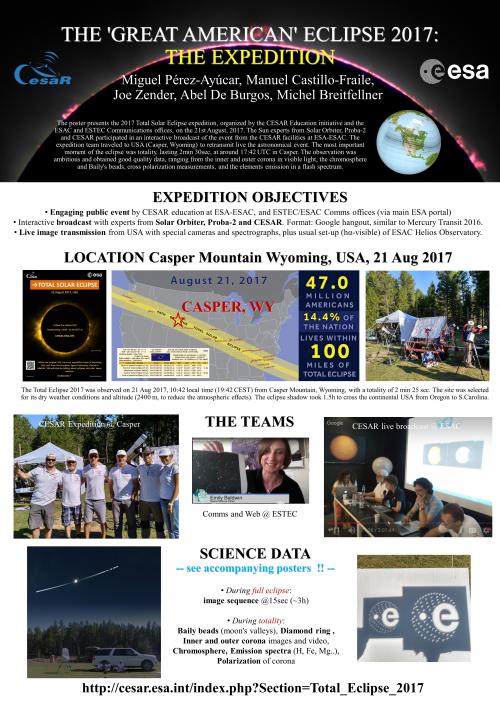

|
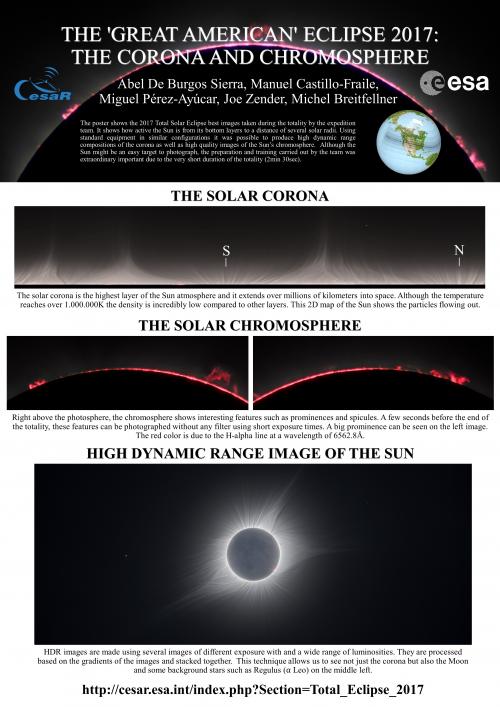

|
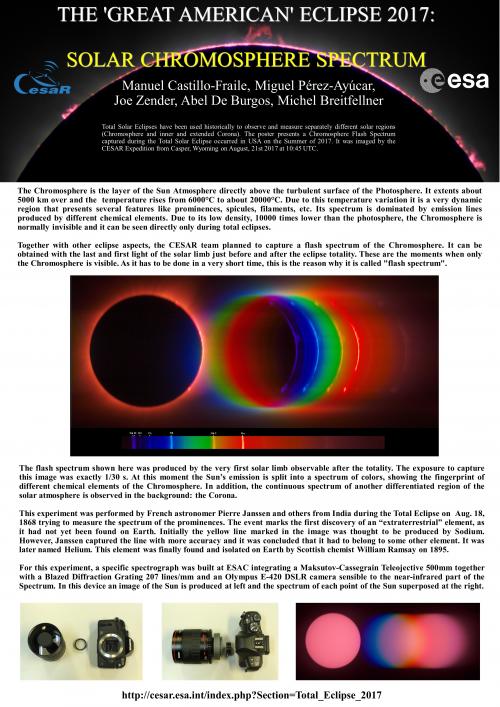

|
|
 
|
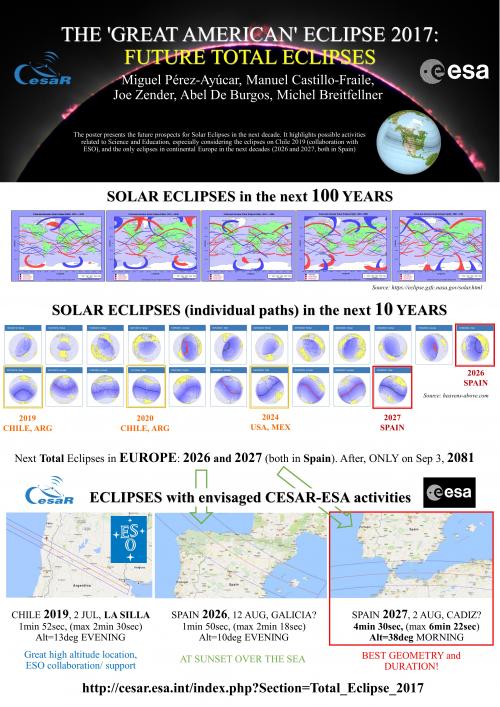  |
Poster 6: Total Eclipses and Proba-3
AVAILABLE SOON
first author: Joe Zender
co-authors: Manuel Castillo-Fraile, Miguel Perez-Ayucar, Abel De Burgos, Michel Breitfellner
Abstract: Total Solar Eclipses have been used historically to observe and measure solar regions like its Chromosphere and inner and extended Corona, not visible with scientific equipment due to its low emission compared to the overwhelming photosphere. Despite modern ground and space instrumentation advances, the inner corona is still accessible only during eclipses, and therefore important scientific campaigns are scheduled during these astronomical events. Proba-3 will be the first spacecraft to overcome this, and be able to measure this very important region of the Sun's atmosphere. It will be ESA’s – and the world’s – first precision formation flying mission, with a pair of satellites in precise flying formation. The paired satellites will create continuous artificial eclipses, forming a 150-m long solar coronagraph to study the Sun’s faint corona closer to the solar rim than has ever before been achieved.
|
TOTAL SOLAR ECLIPSE 21 AUG 2017 - still to do
|
Still working on ... |
- H-alpha full eclipse (3h), all photos
- Visible, full eclipse (3h), all photos |
- Corona, totality (2min), all photos
- Webcam (time-lapses of observing site) |
- First person Go Pro of all the event
|
|
HDR full corona composite, from 300,400,500 mm cameras at different |
(and more) .. |
|
|
Other pics from other colleagues |
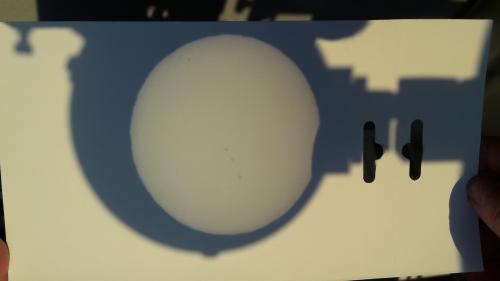 |
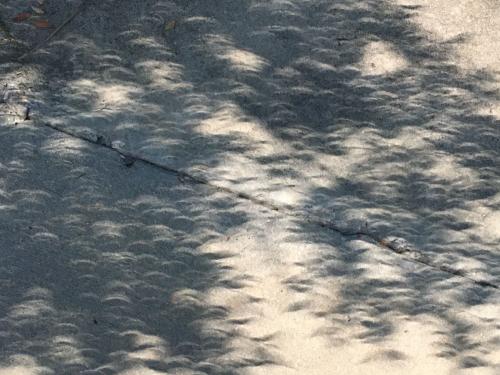 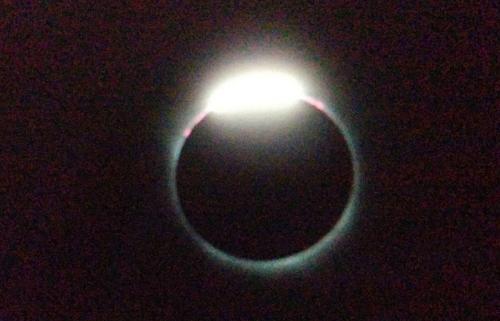 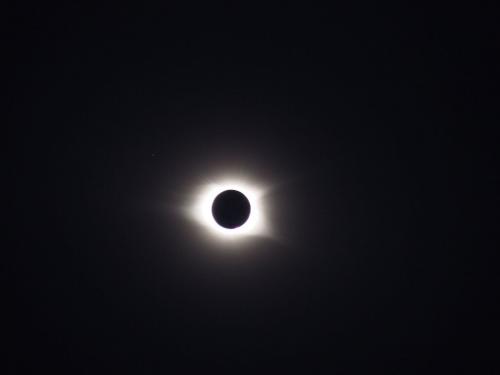 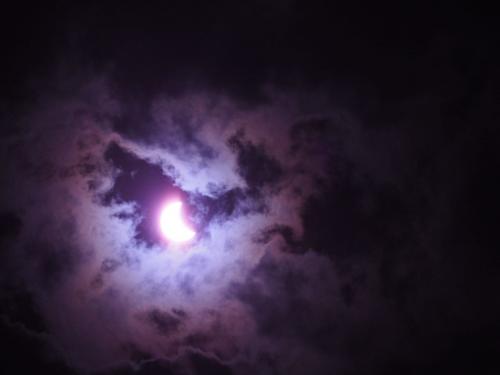 |
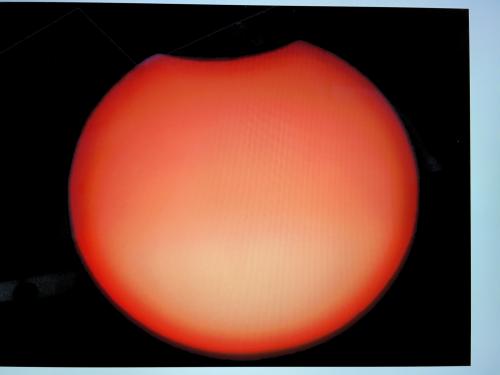
|
|
Antonio Talavera from Oña (Burgos). Projected image, C-90. |
Maria Henar, from somewhere East-USA, at the side of a road. |
Wouter van Reeven, Leo Metcalfe, Michele Armano, from ESAC, Madrid Spain |
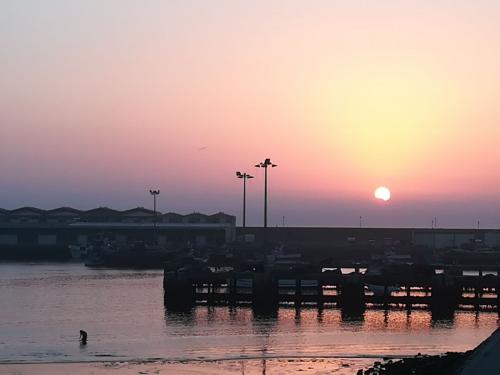 |
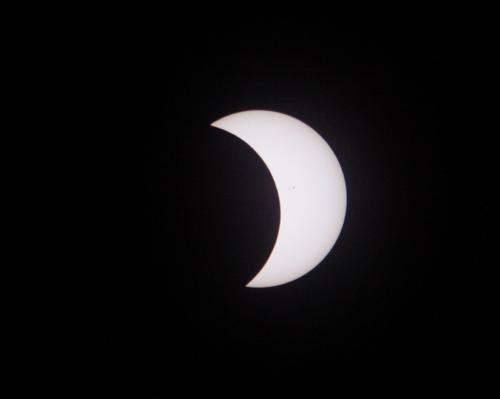 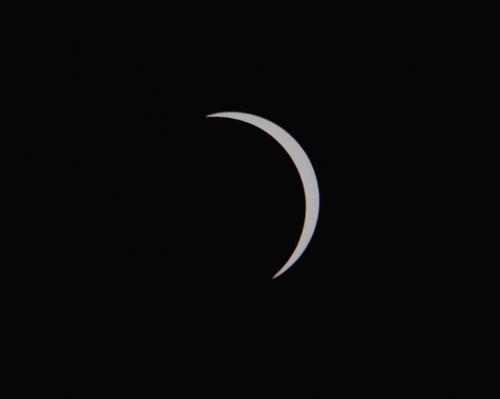 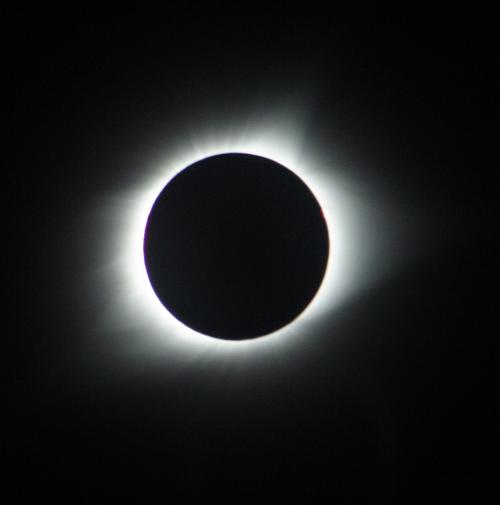 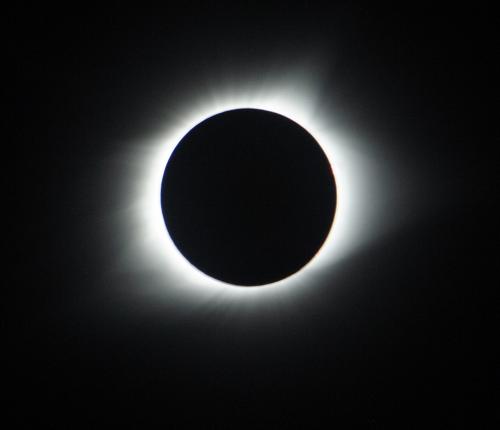  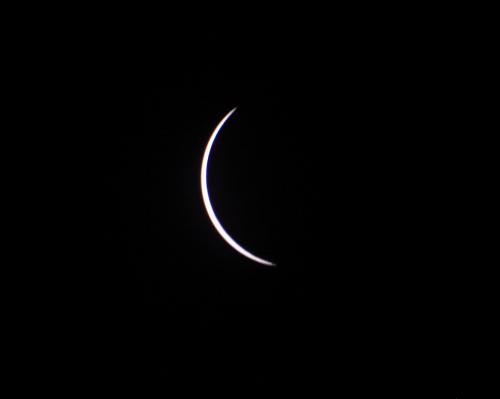  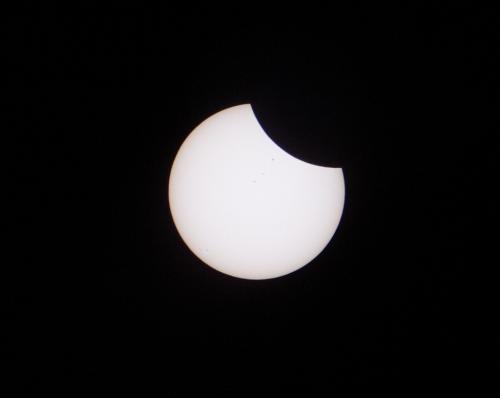 |
Link |
|
Maria Santos, from Povoa de Varzin, Portugal. |
Jorge Fauste, from Washington, Missouri, 250mm no tripod |
Mark Kidger Flickr photo pool, USA |
Note: somes cameras were controlled using Robert Nufer’s software SETnC (RobertNufer.ch) and Solar Eclipse Maestro by Xavier M. Jubier.
|
|
|